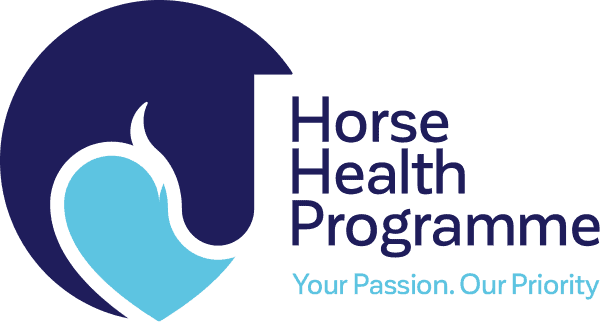Laminitis and Equine Cushing’s Disease
Laminitis
The classic ‘laminitic’ pony is a native breed, and carrying a bit of extra weight. There are, however, a huge range of risk factors involved with the disease process. Laminitis literally means inflammation of the laminae, which hold the pedal bone in position within the hoof. It can be extraordinarily painful, and in severe cases can cause irreversible damage to the hoof. It’s no surprise that the increased sugar in fresh spring grass can cause a spike in laminitis cases, but why does this happen, and what else contributes? The ‘causes’ can be roughly split into three sections;
- Laminitis associated with metabolic disease
- Laminitis associated with severe systemic disease (e.g. sepsis)
- Mechanical laminitis.
Metabolic causes of the disease, are by far the most common. There are two main metabolic conditions that can predispose a horse to laminitis, which can occur together or separately.
Equine Metabolic Syndrome
Firstly, Equine Metabolic Syndrome (EMS). This can occur in horses or ponies of any age, but is most common in native breeds. A mixture of genetic and environmental factors combine to predispose horses or ponies to weight gain, and insulin resistance. It is thought that increased bodily fat causes the insulin resistance, which in turn stops the animals from metabolising sugar and starch properly. This then causes an excess of insulin in the blood stream, leading to an increased risk of laminitis. This condition goes hand in hand with laminitis caused by fresh grass, as it is the sugar and starch in the grass that leads to problems.
Horses with equine metabolic syndrome can get certain ‘classic’ areas of fat, such as the crest of their neck, over the shoulders and on the rump, although not all horses with the condition match the description. If you are concerned that your horse might have EMS, speak to your vet as there is a blood test which can check for the condition. It is important to remember that despite breed, no horse or pony is ‘designed’ to be overweight and diet control of any overweight animals is a highly important part of their care. Treatment for EMS revolves around dedicated weight loss, through diet and exercise. Again, your vet can discuss this with you in more detail.
Equine Cushing’s Disease
Secondly, PPID (pars pituitary intermedia dysfunction), or Equine Cushing’s Disease. This is thought to occur in over 20% of horses over the age of fifteen, and can affect any breed. It is caused by a dysfunction of the pituitary gland in the brain, leading to an over release of various hormones. One of the hormones is called ACTH, and we can test a horses ACTH levels via a blood sample, to see whether or not they have PPID. This disease complex can lead to a range of symptoms, including:
- Increased risk of laminitis
- Muscle wastage
- Lethargy
- Supraorbital fat pads
- Increased drinking and urination
- Long, curly coat
- Recurrent infections.
Many of these clinical signs have historically been attributed to the normal aging process, so it is worth testing any horse which you have a suspicion of. Treatment of PPID is via a medicine which helps to control the excess hormone release. Treatment is normally life long, but once controlled, many horses go on to live normal lives, with ongoing monitoring of the condition.
If you have any further questions please don’t hesitate to contact your vet, and remember to control your horse’s exposure to fresh grass over the coming months.






